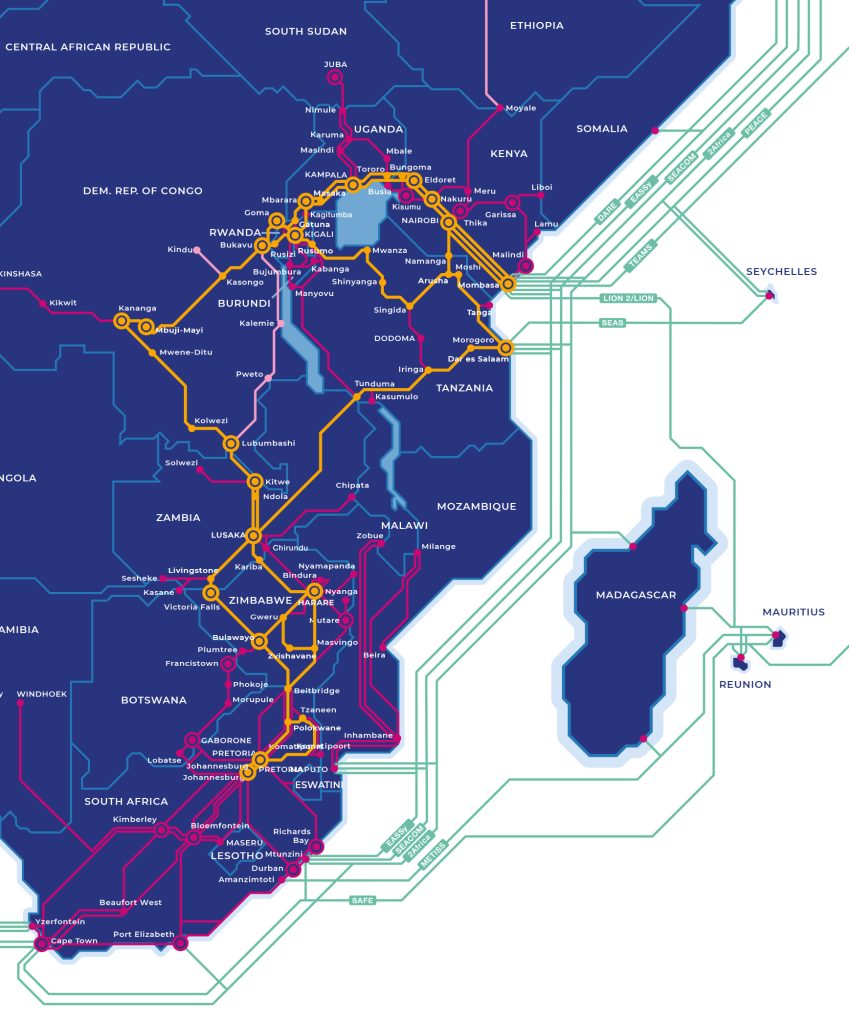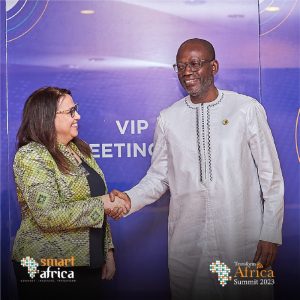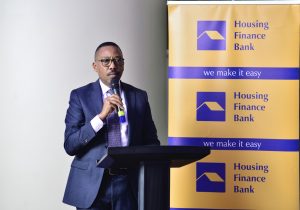Liquid Dataport keeps African Internet’s lights on while multiple subsea cables break

Liquid Dataport, a division of Liquid Intelligent Technologies, a pan-African technology conglomerate, is witnessing a surge in internet traffic on its recently deployed Equiano West coast cable due to multiple subsea cable outages this past weekend.
Liquid’s strategic investment has effectively shielded its Southern Africa customers from disruptions in their network performance caused by breaks in the WACS and SAT-3 undersea cable systems off the coast of the Democratic Republic of Congo.
“During Sunday, August 6th, we were confronted with numerous reports of a natural rockfall in the Congo Canyon off the West African coast, resulting in the rupture of multiple subsea cables. These cable systems are of paramount importance to the network infrastructure that serves the African continent,” states David Eurin, CEO of Liquid Dataport.
Repair efforts are already underway for these cable systems, but complete service restoration is anticipated to take a considerable amount of time. The rationale behind Liquid Dataport’s investment in multiple subsea cables was to ensure substantial availability for its customers, especially during unforeseen circumstances like these.
“Incorporating our disaster recovery strategy and to provide heightened redundancy to our clientele, we have efficiently transferred our customers’ West Coast traffic onto our freshly installed Equiano subsea cable. While this augmented capacity has notably expanded bandwidth in Western and Southern Africa, the redundancy is also the key factor allowing us to mitigate the impact on our customers,” Eurin further elaborates.
Subsea cables are integral to the swift exchange of high-speed data between continents, rendering them indispensable to our commitment to offering seamless connectivity to our patrons. Liquid Dataport’s substantial investment in these subsea cables is designed to ensure uninterrupted connectivity for its clients across the African continent.
This effort complements its existing nationwide and metropolitan fiber networks, enhancing resilience through its integration with other subsea and satellite networks.









